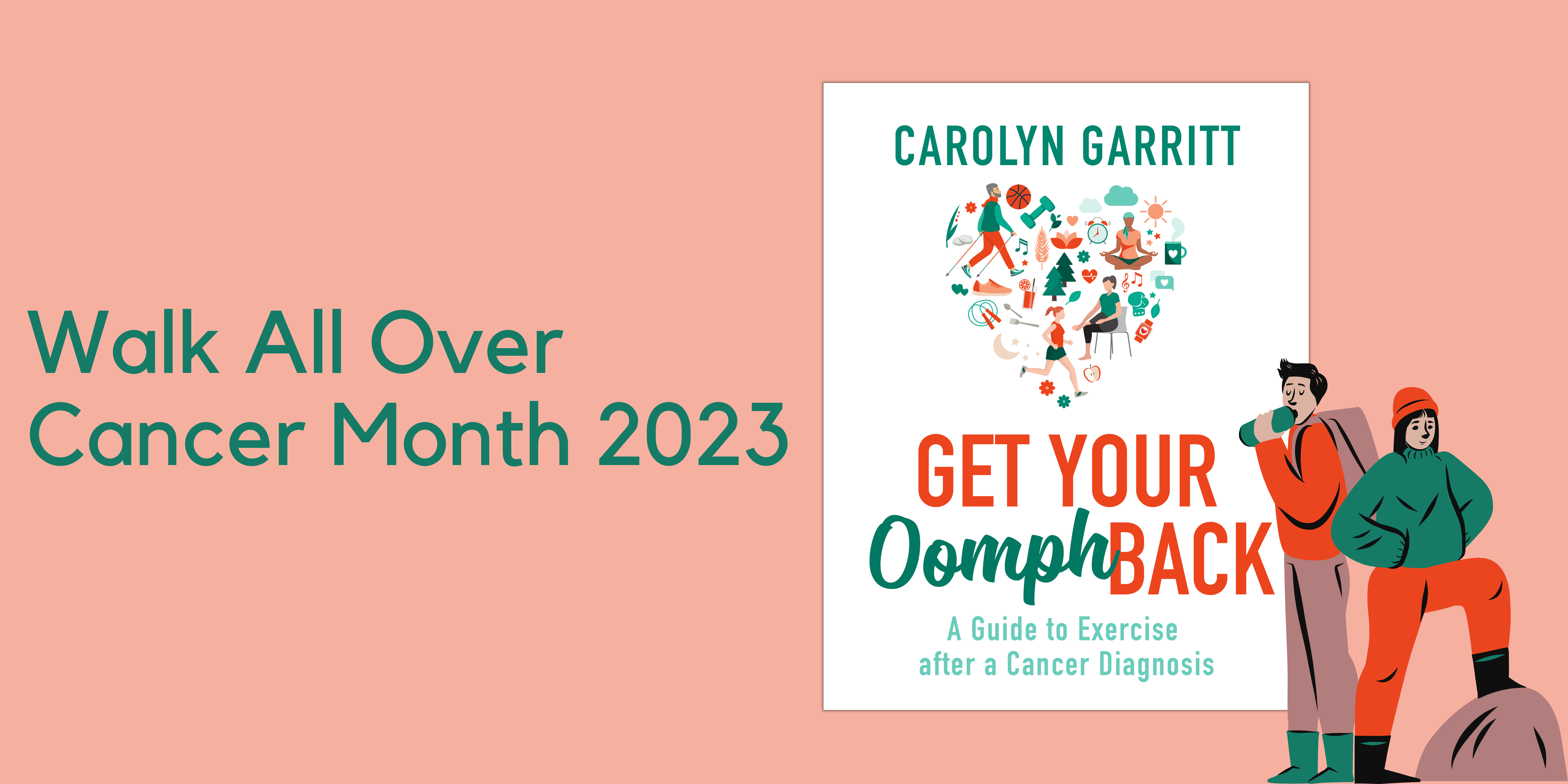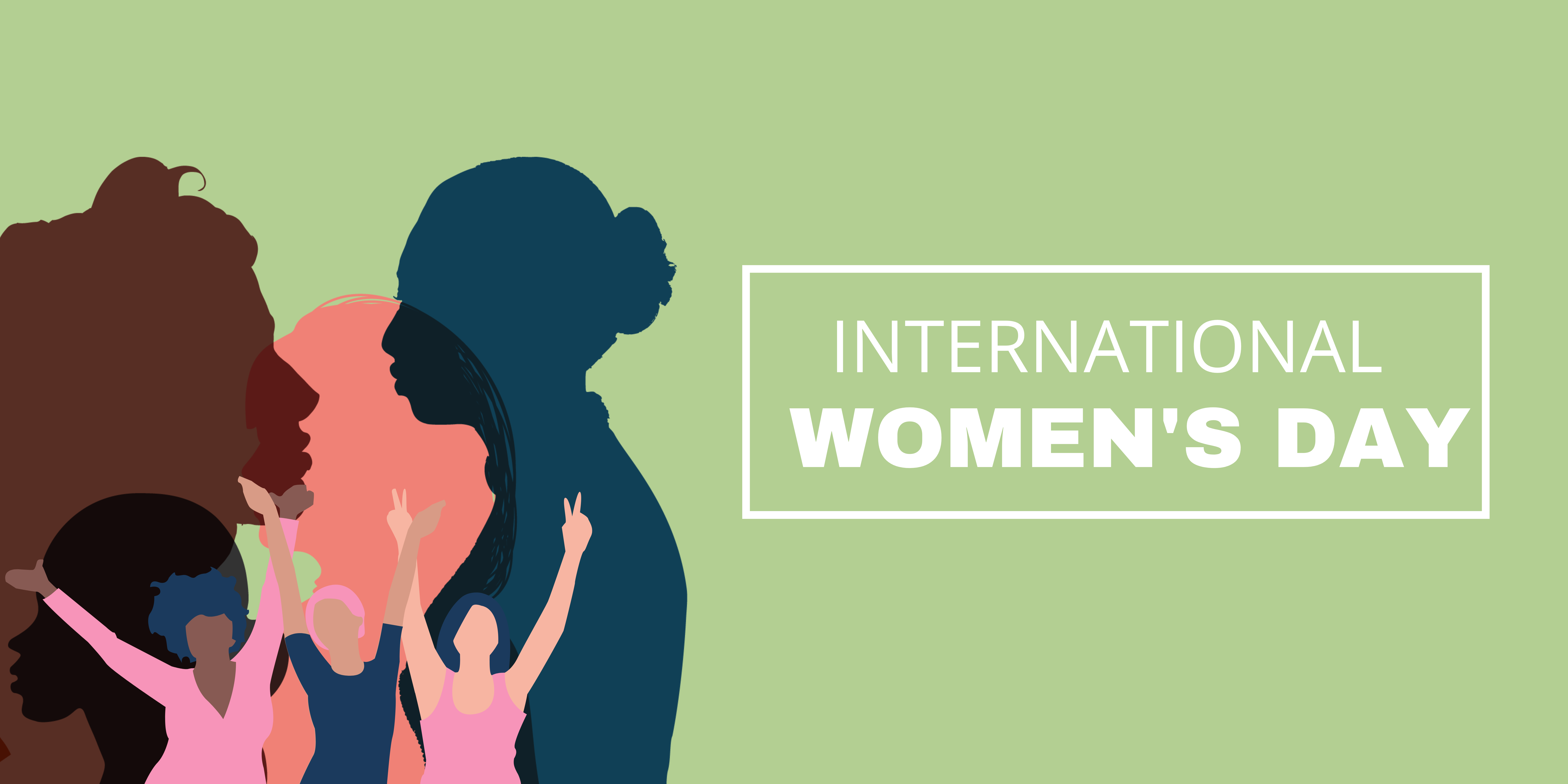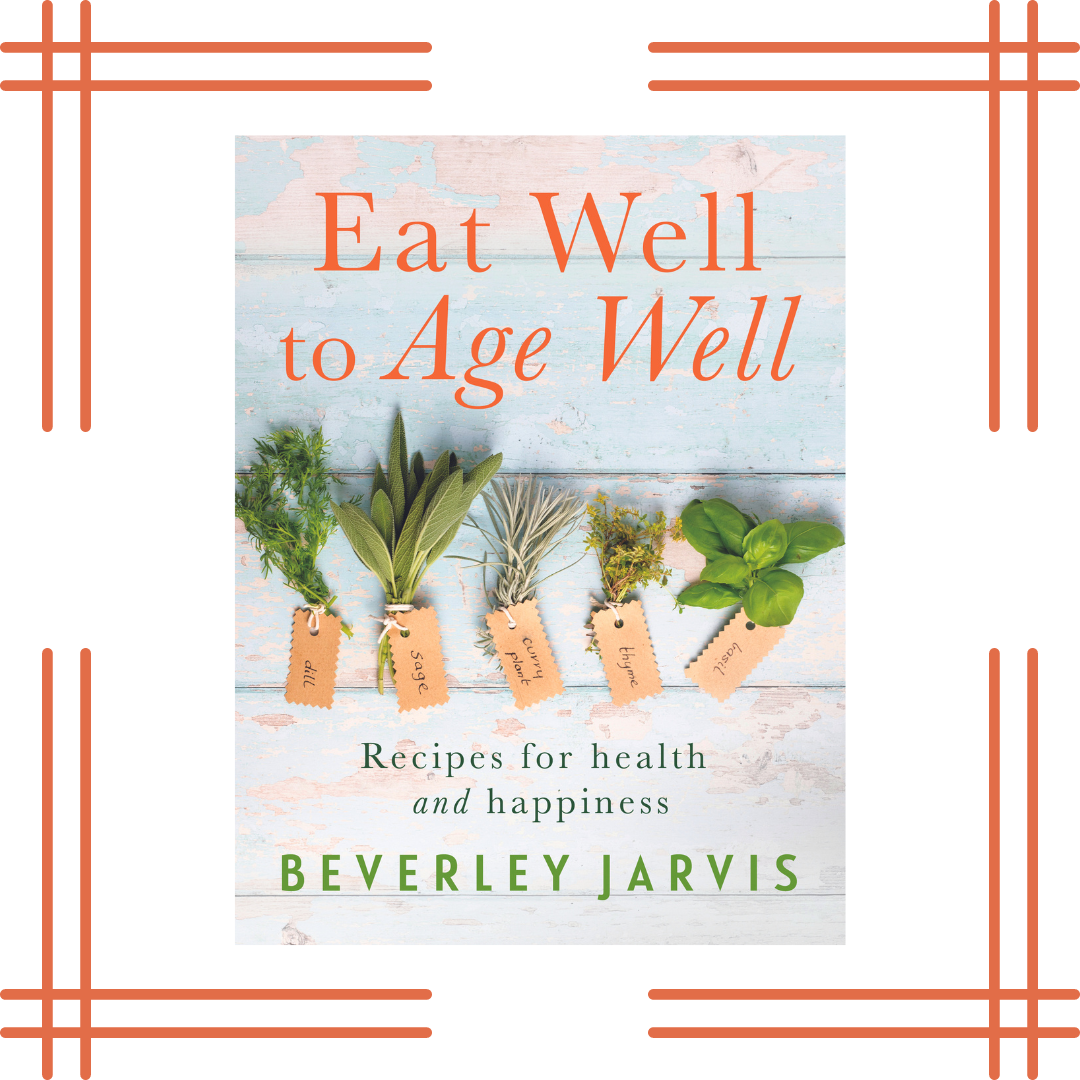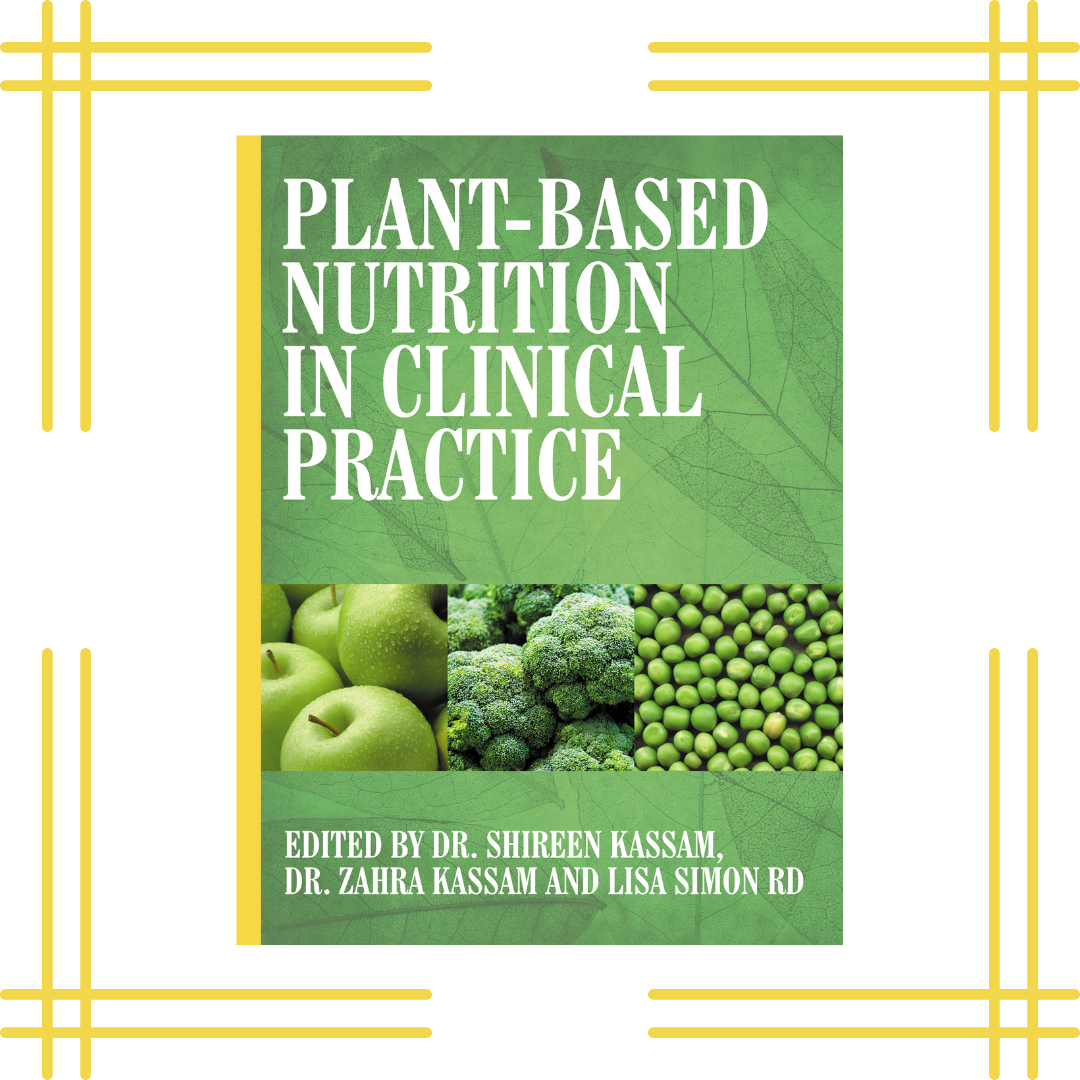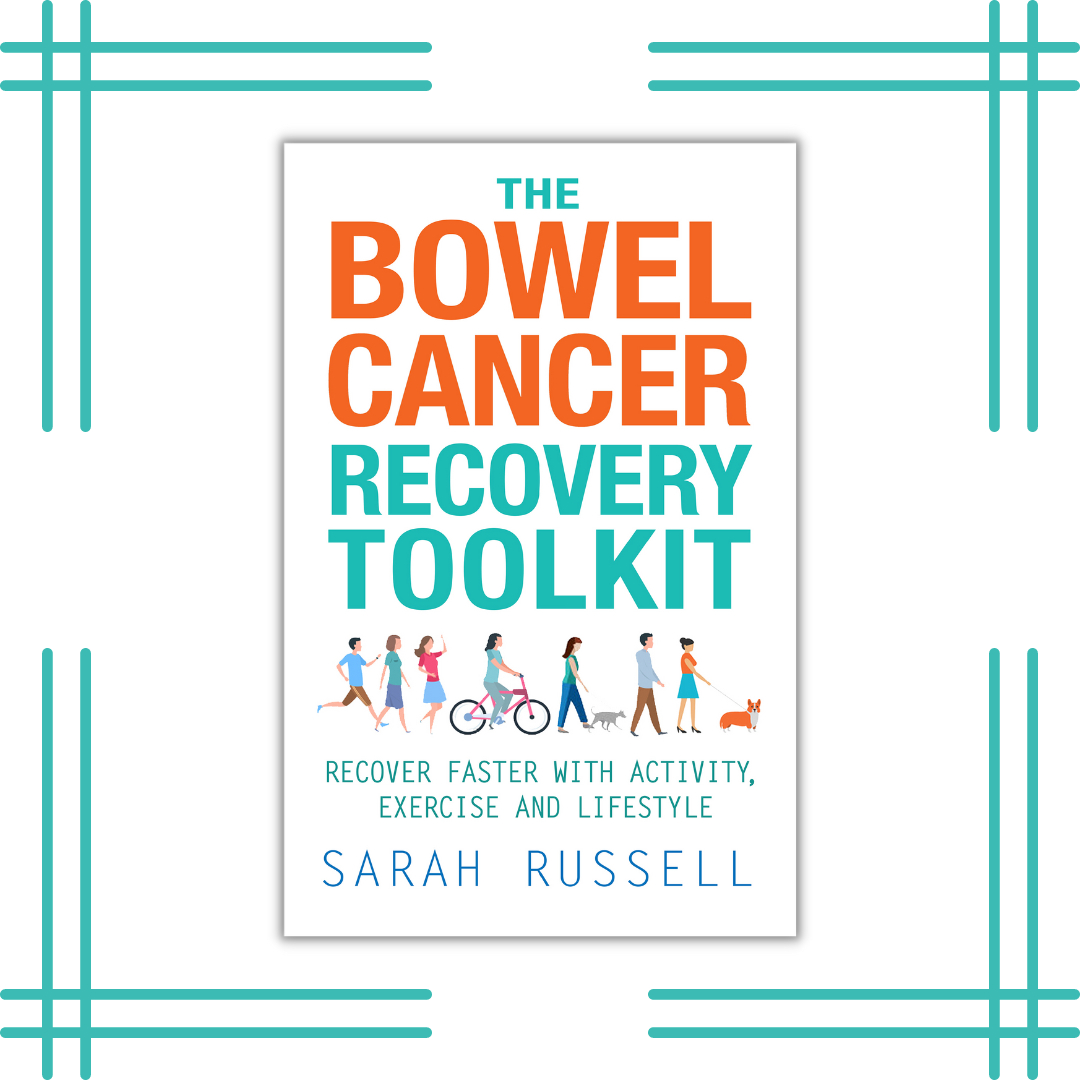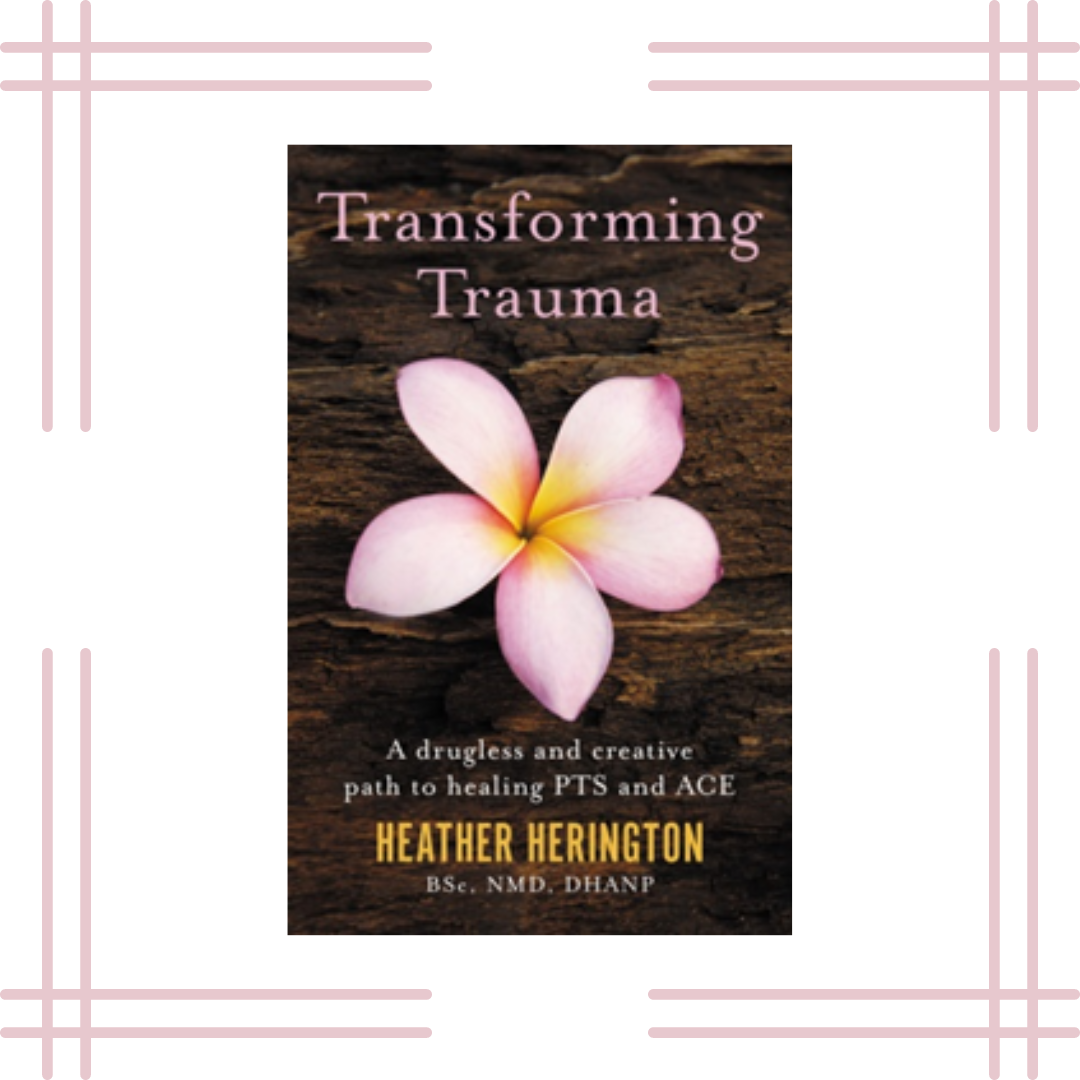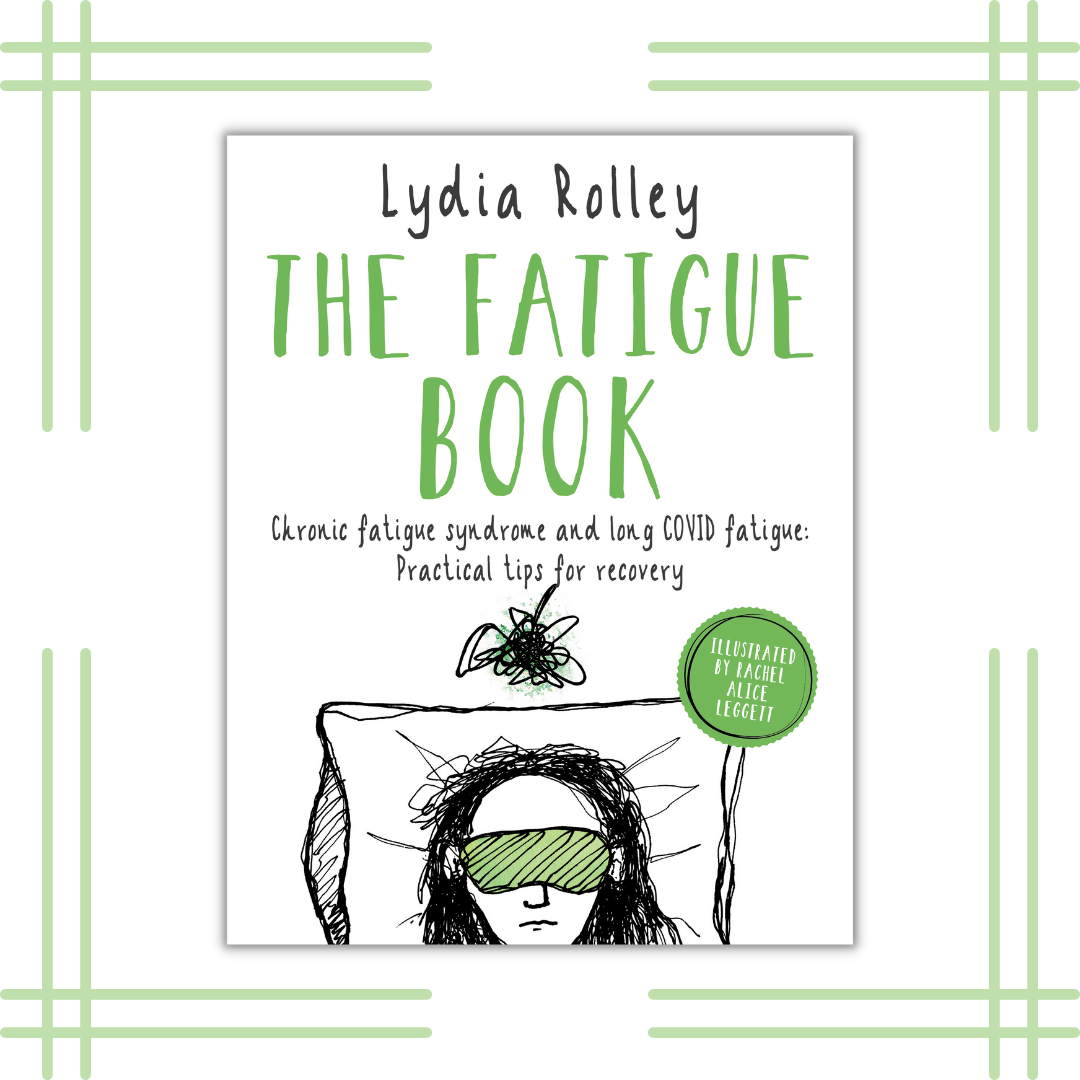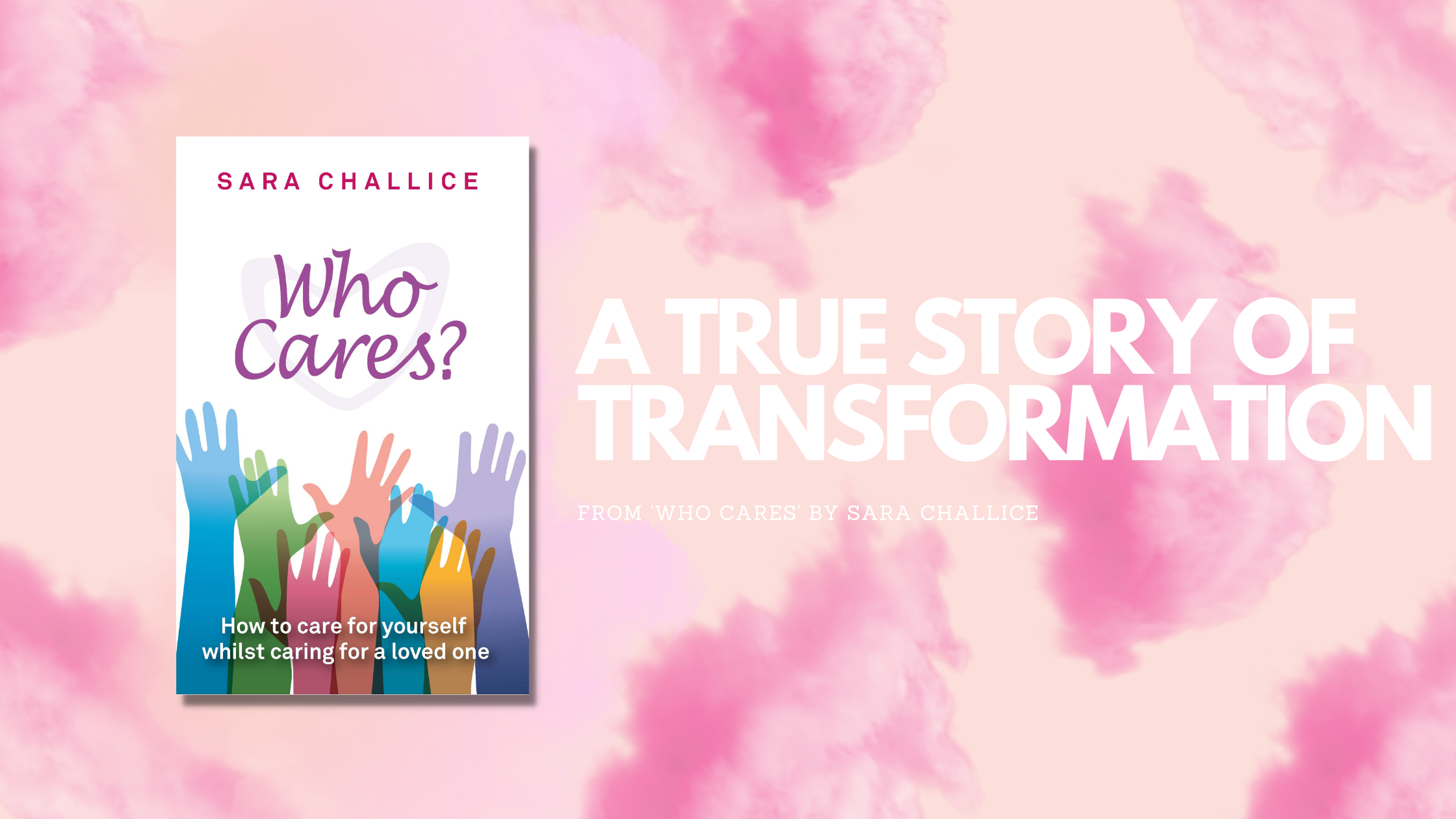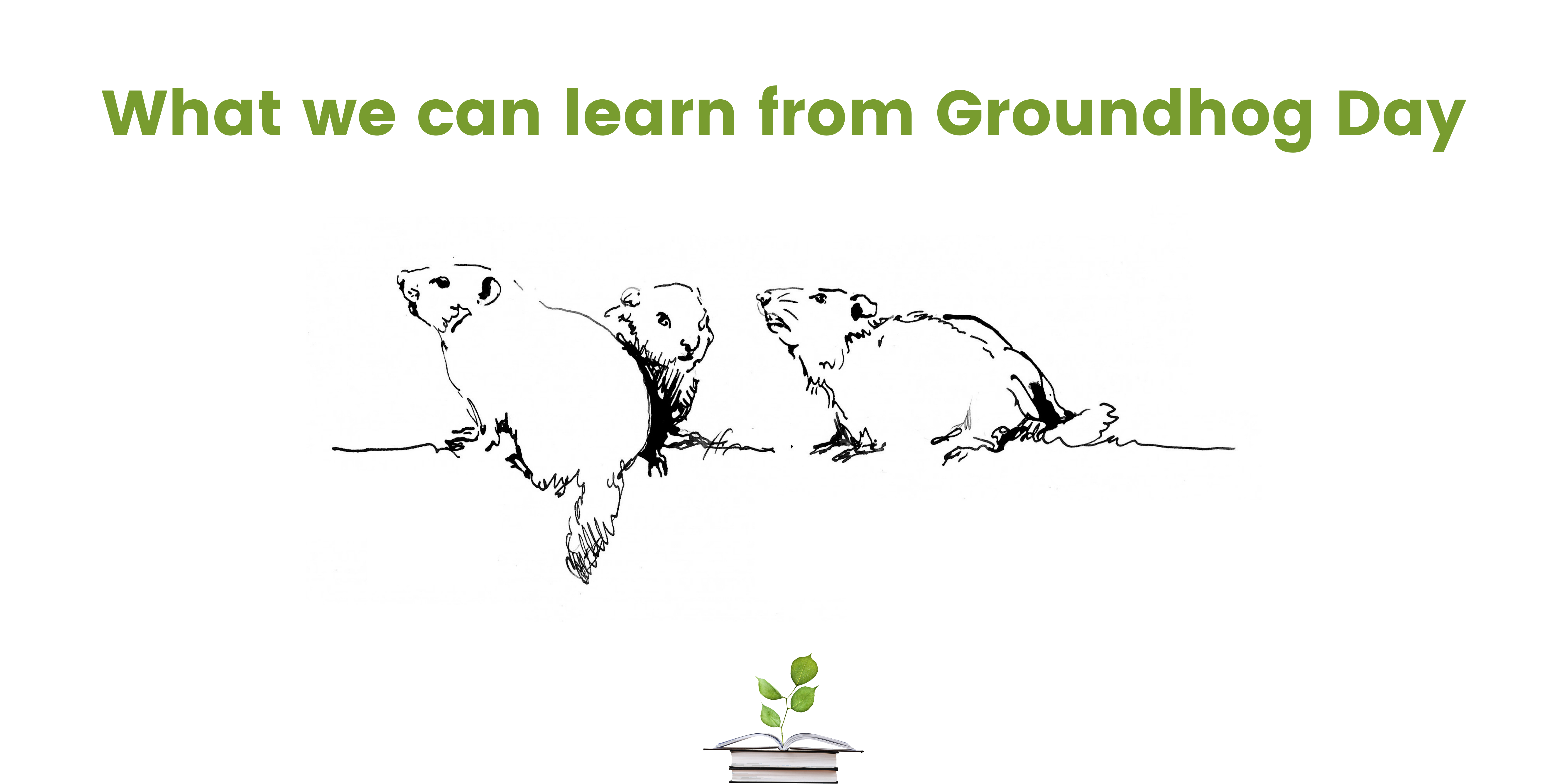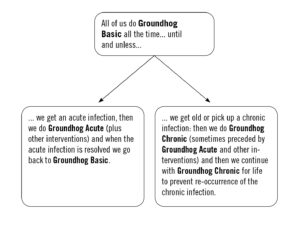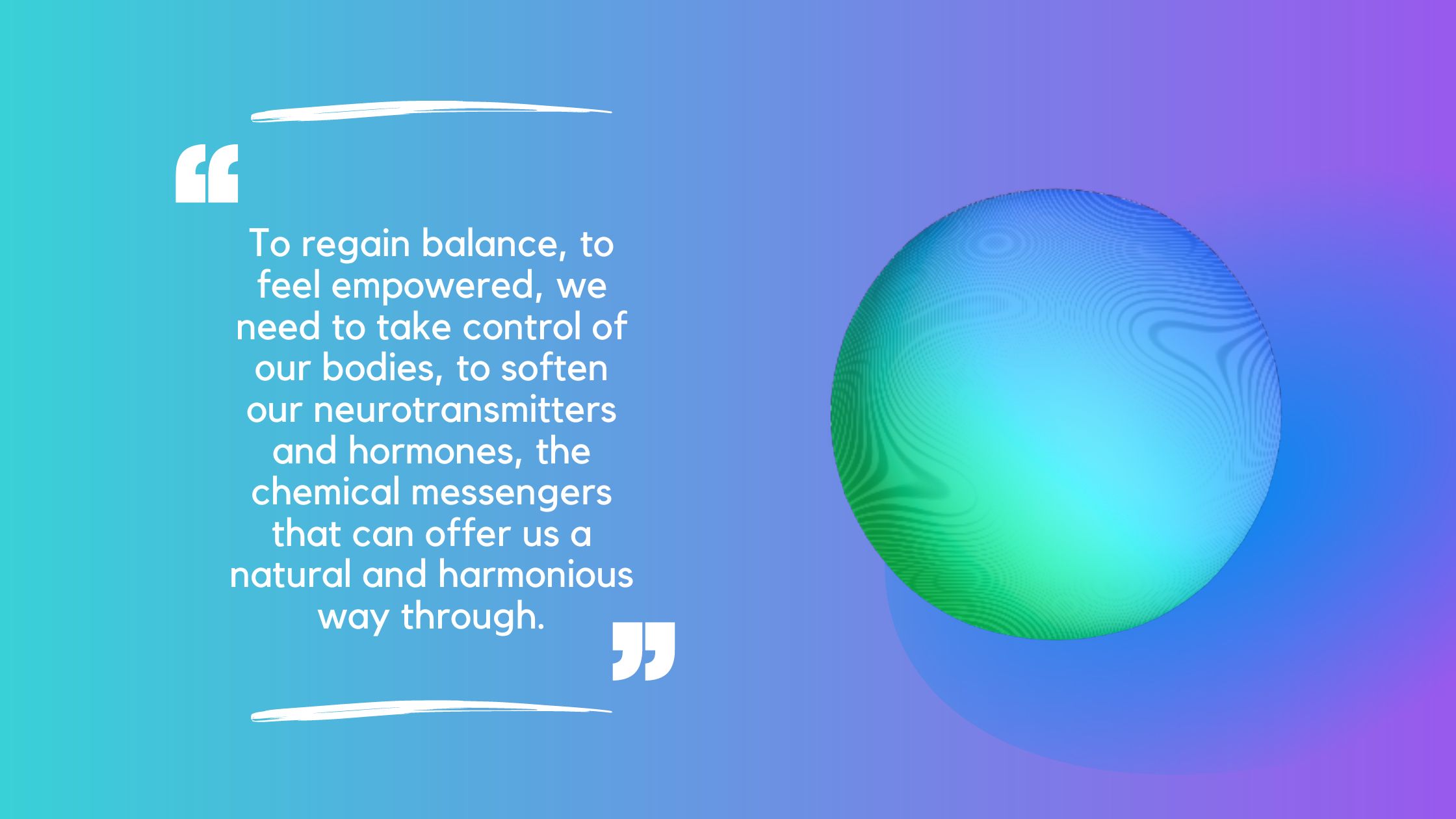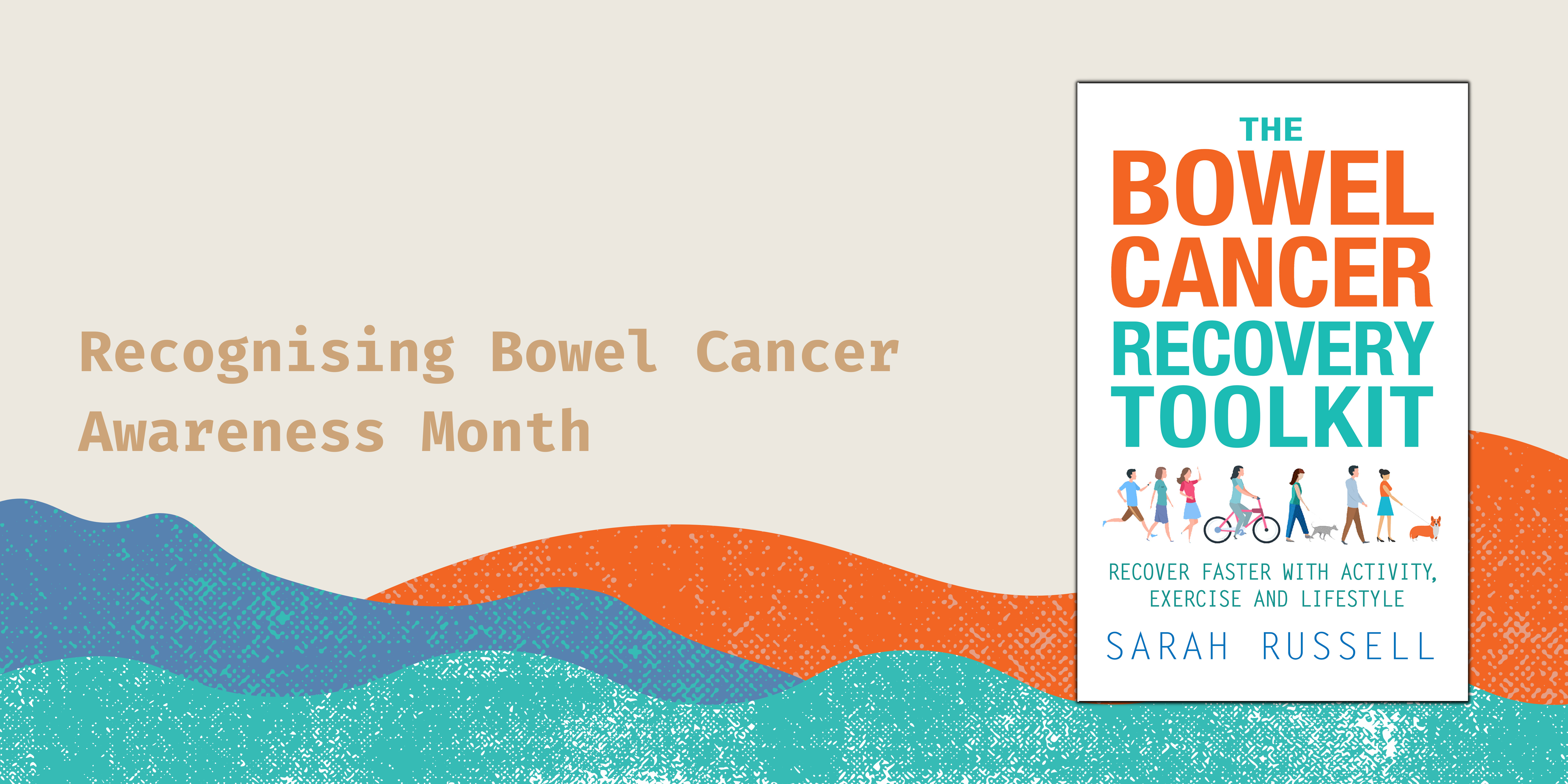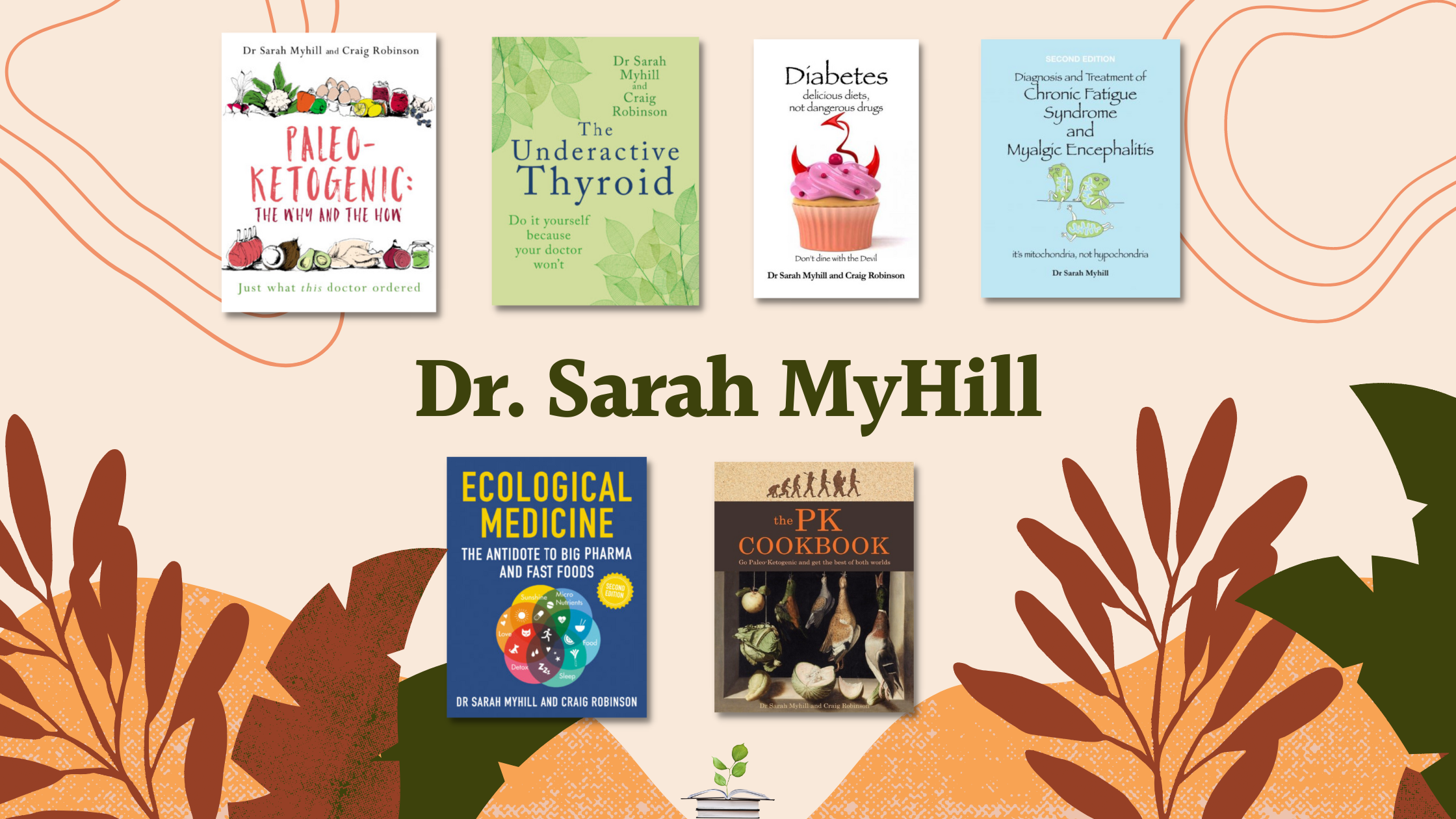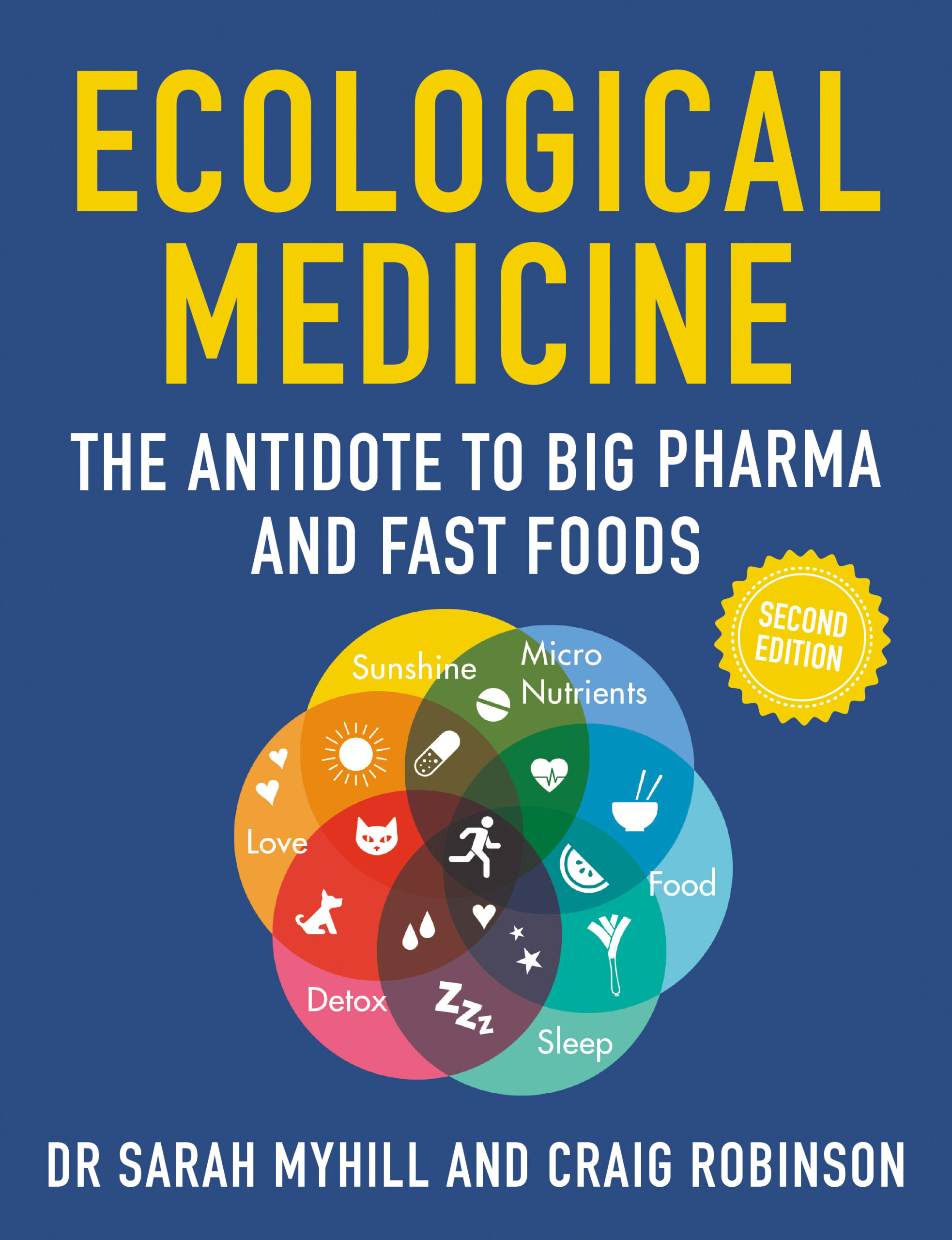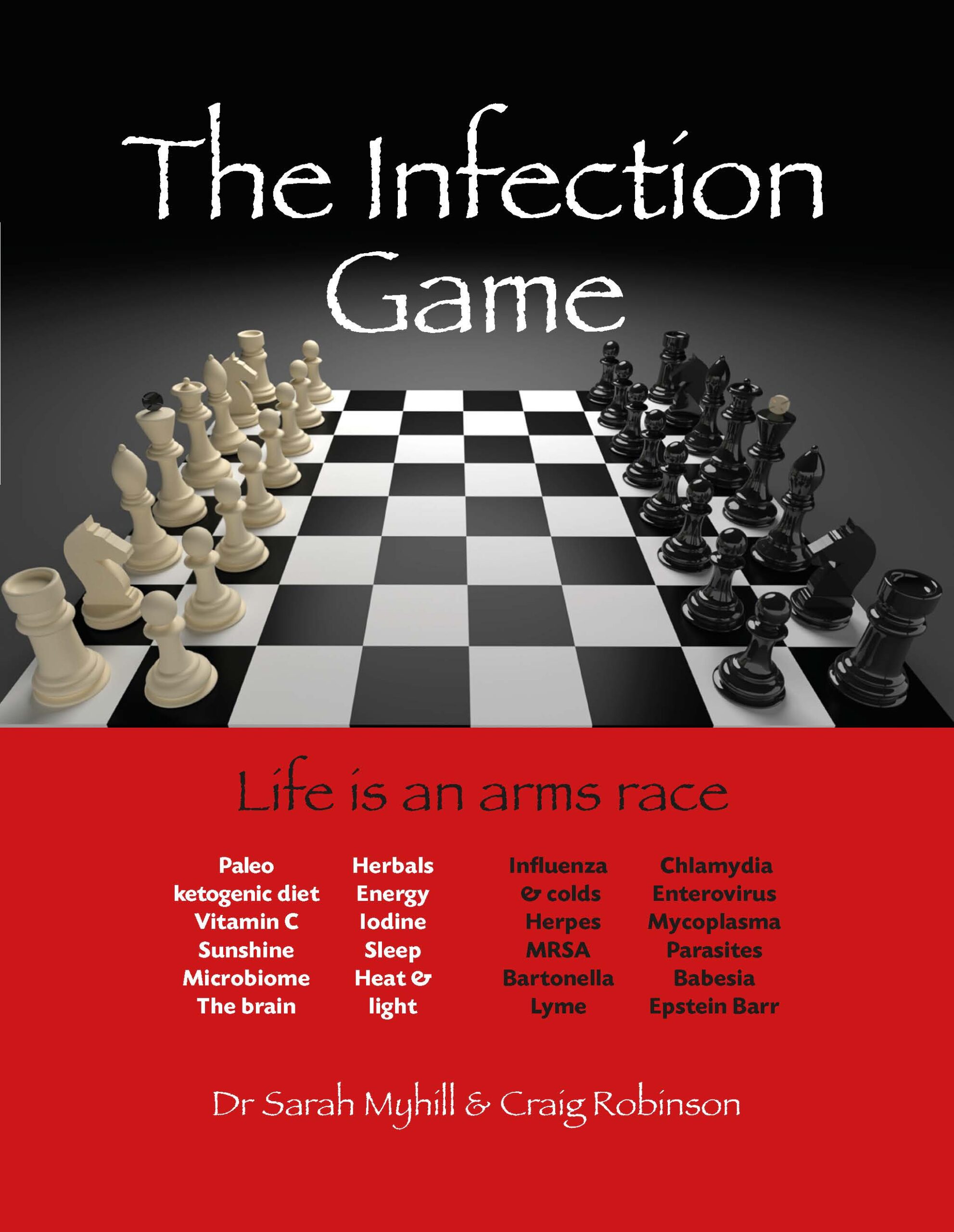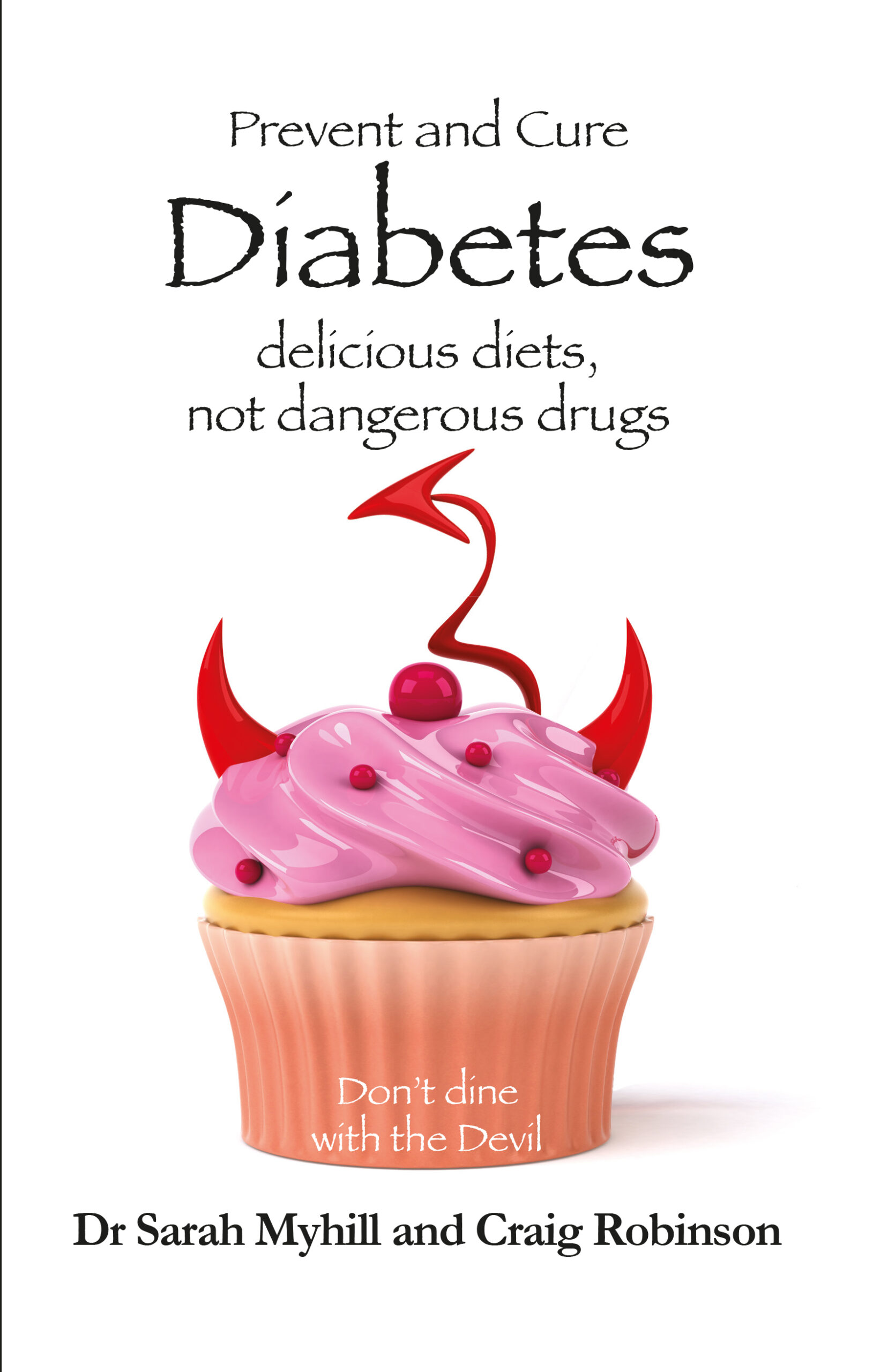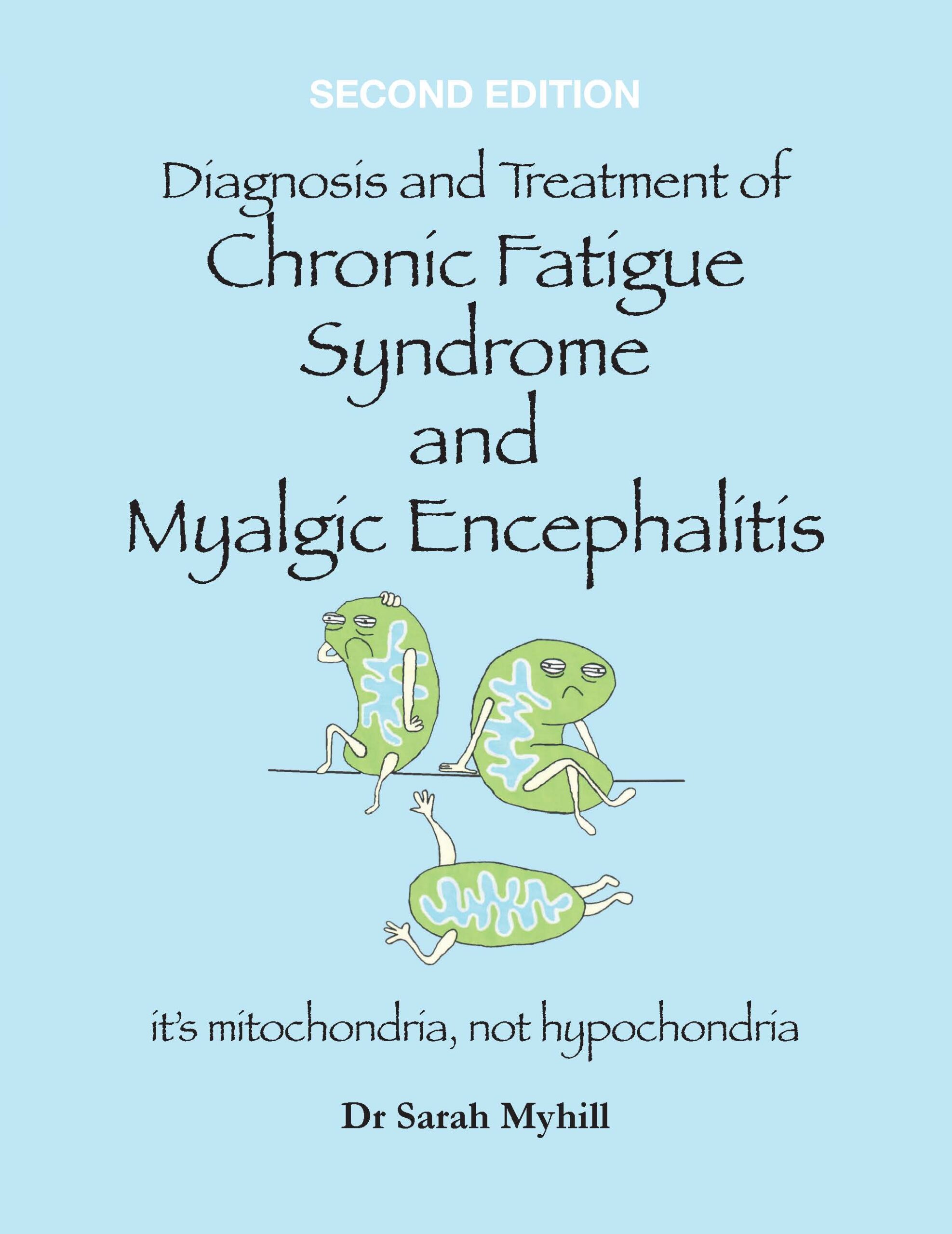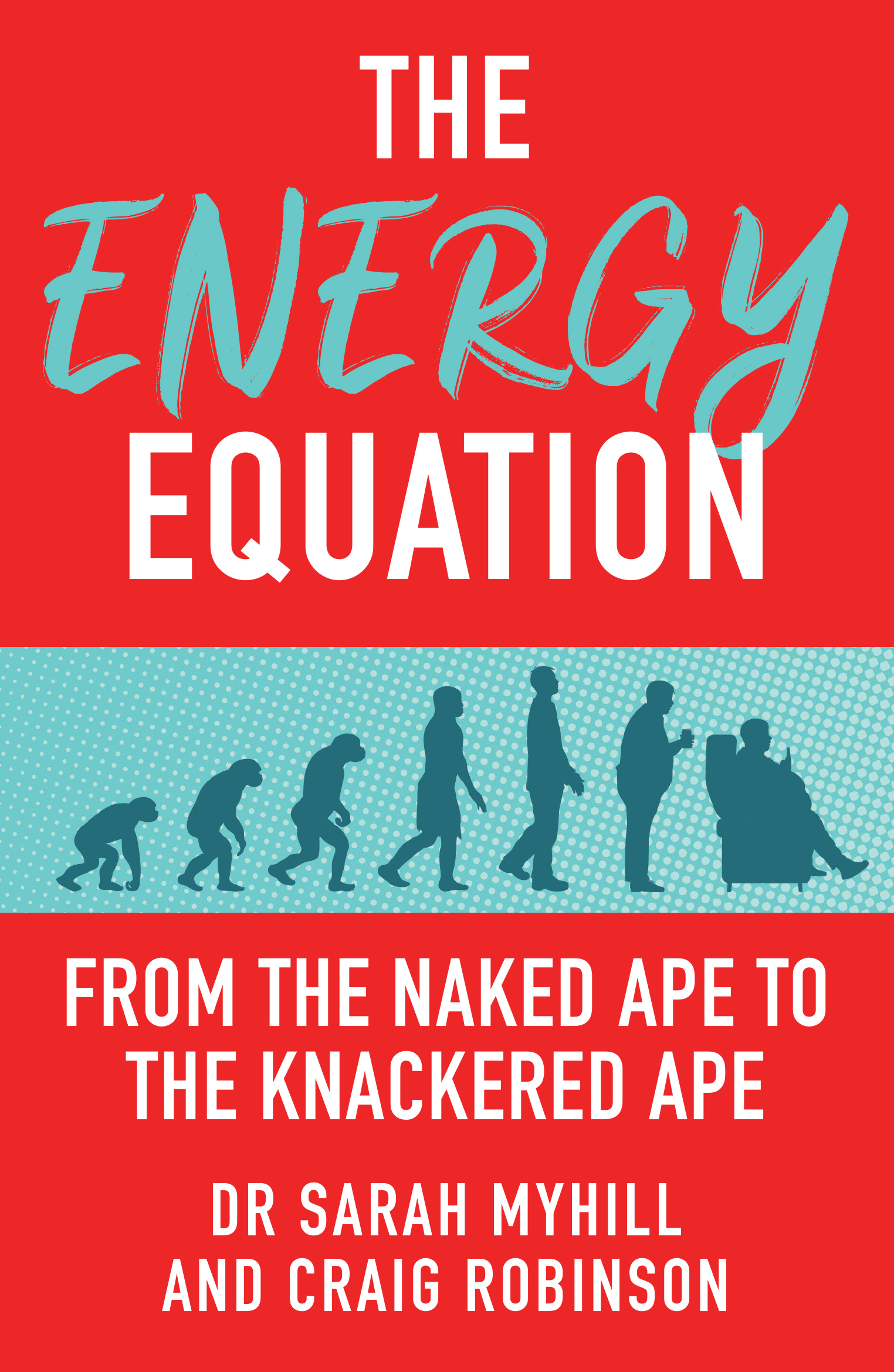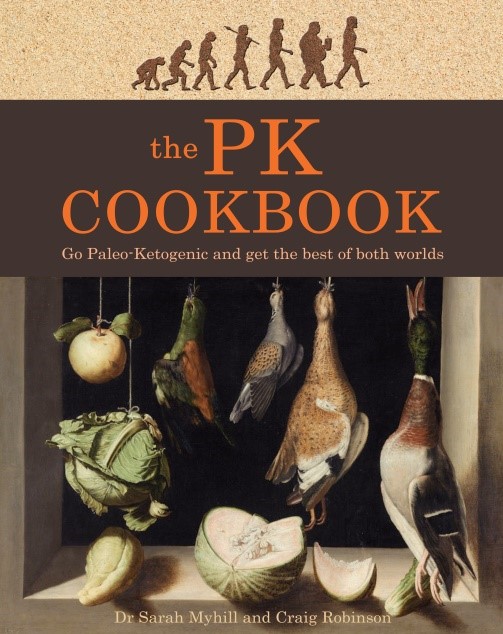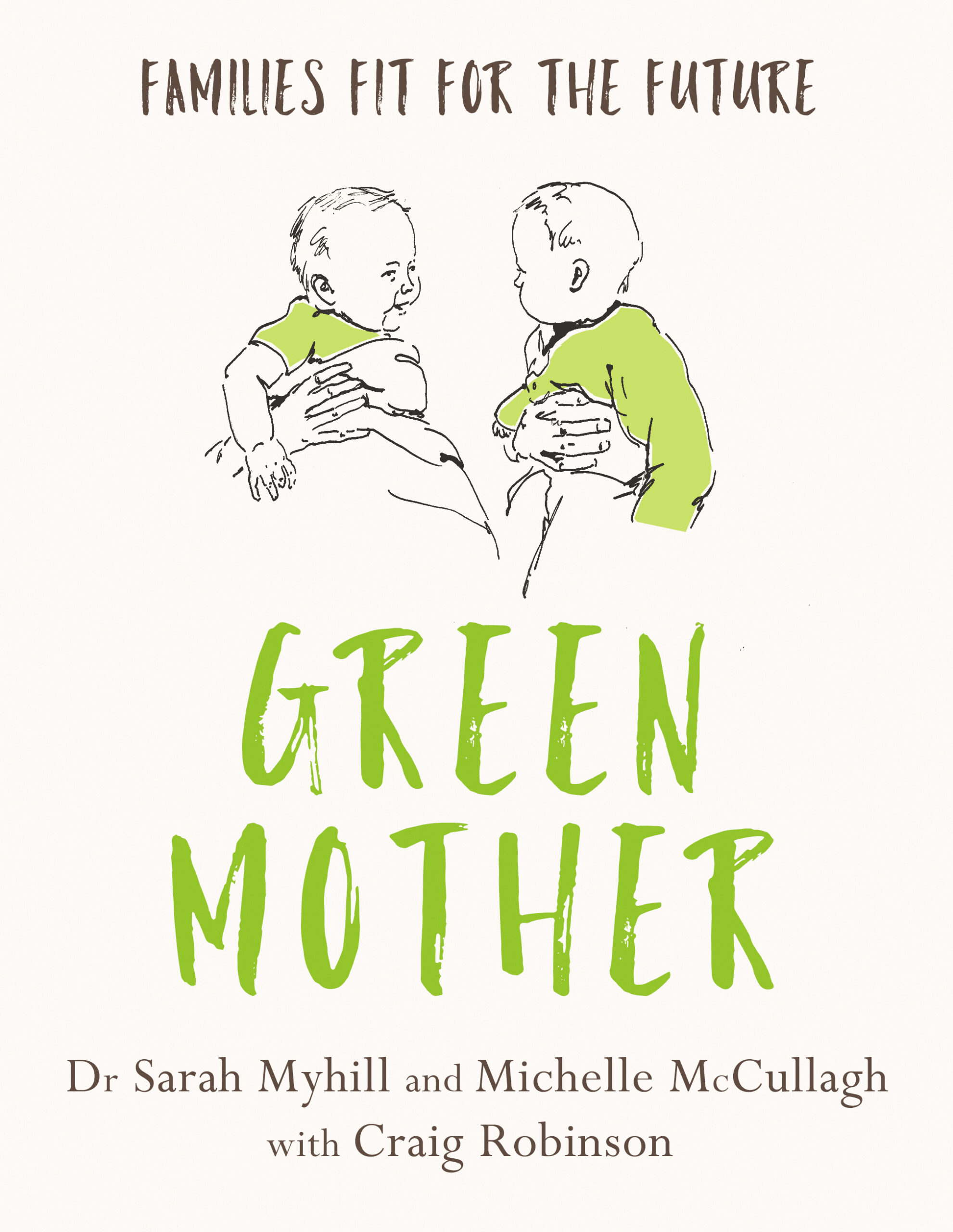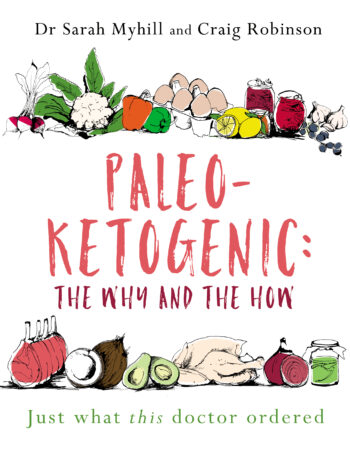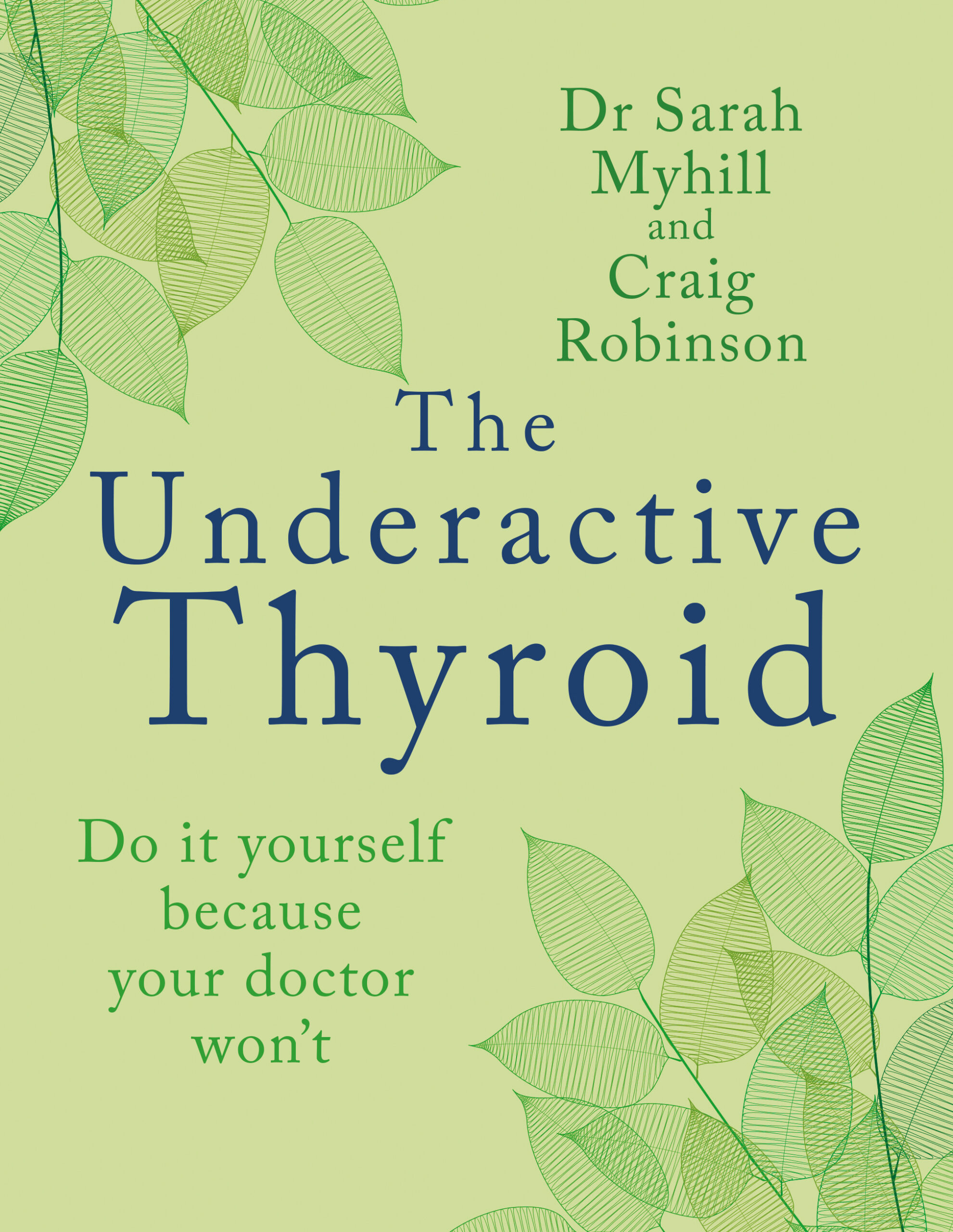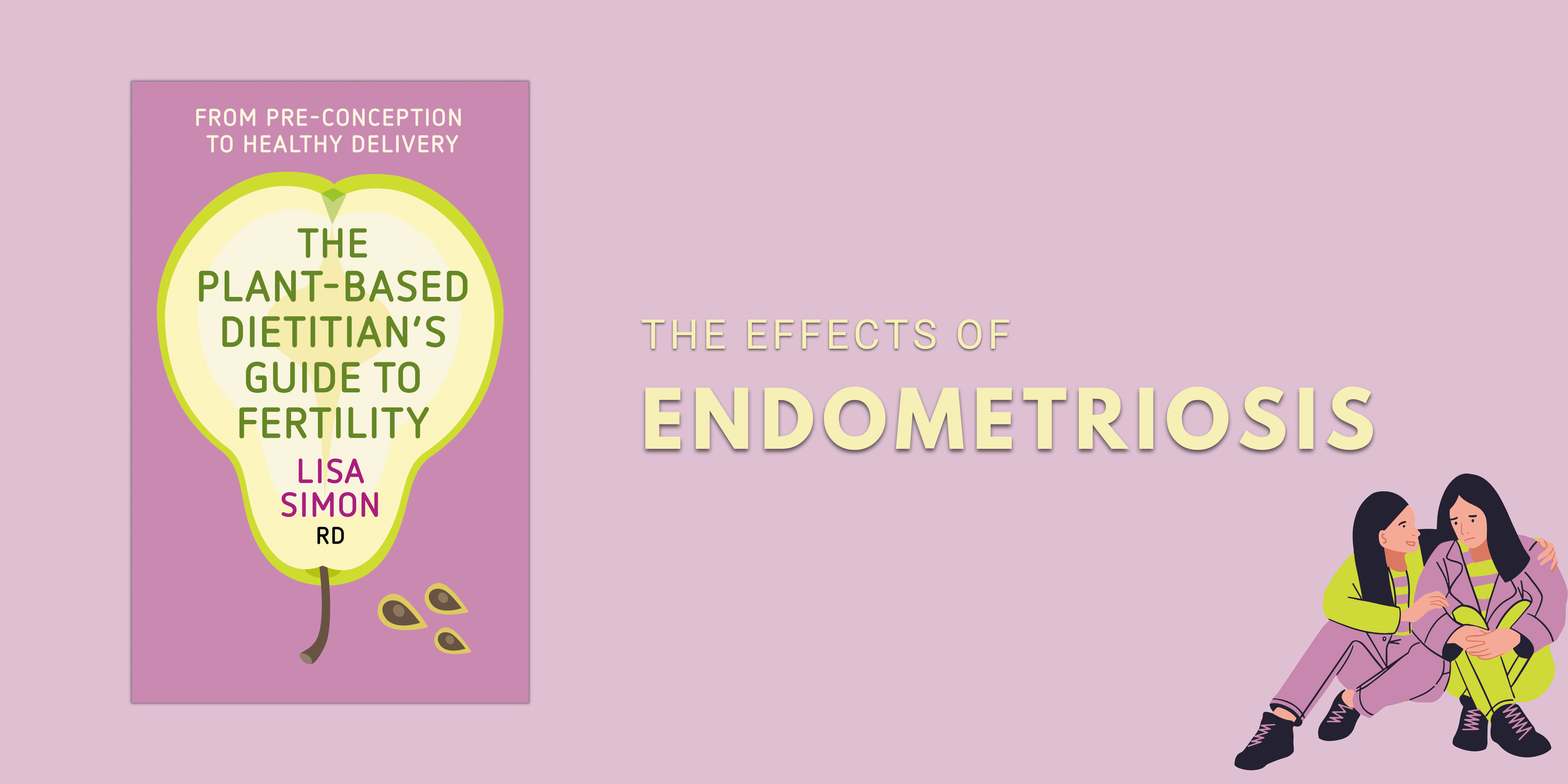
The following blog is by Lisa Simon RD, author of upcoming book ‘The Plant-Based Dieticians Guide to Fertility’ which will be available on the Hammersmith Health Books website and other online vendors from 27th April 2023.
I don’t think anyone who has not experienced endometriosis can truly understand just how debilitating a condition it can be. I say this because I was diagnosed in 2010 and it is one of the reasons I decided to write my book, ‘The Plant Based Dietitian’s Guide to Fertility: From pre-conception to healthy delivery’, and to dedicate a chapter to endometriosis, a condition that can reduce fertility for many individuals. I feel passionately about helping as many women and men as possible to optimise their fertility and to help those women who are now in the same position I was and who are experiencing debilitating symptoms on a monthly basis. Nutrition is a key area that can help improve our situation. Unfortunately there is so much nutrition misinformation out there which often causes confusion and even harm, so my aim was always to write a book that could be relied upon to provide only information that is backed up by a referenced evidence-base. This evidence increasingly supports a whole food, plant-based diet and I give guidance on how to get started, including some stand-by recipes that I hope you will find helpful.
How many women are affected by endometriosis?
Around 1.5 million women are living with endometriosis in the UK and around 176 million worldwide. However, it can take on average eight years to be diagnosed, meaning that many women live with chronic pain and fatigue for a long time before they are given a formal diagnosis.
What is endometriosis?
Endometriosis is a chronic, inflammatory, oestrogen-dependent condition that arises where cells similar to those that line a woman’s uterus are found elsewhere in the body. Most commonly they are found in the pelvic cavity, but they may also grow in the intestine, bladder, liver, kidneys and nasal cavity, on caesarean scars, and even in rare cases in the lungs and brain. These cells respond to each menstrual cycle and bleed, but unlike those in the womb which are shed as a woman’s monthly period, they have nowhere to go and so become inflamed. This results in pain and the formation of scar tissue which can then lead to pelvic pain, bowel and bladder symptoms, painful and/or heavy periods, painful intercourse and infertility.
The risk of misdiagnosis
The reason that it can take so long to get a diagnosis is that many of the symptoms of endometriosis are very similar to another chronic condition, irritable bowel syndrome (IBS). This means that women are often sent to see a gastroenterologist and subjected to a number of investigations before being given a diagnosis of IBS along with advice on how to manage this condition. This may or may not result in some symptom relief because often IBS and endometriosis can co-exist. However, this is then often seen as the end of the road rather than a referral also being made, or initially being made, to gynaecology, meaning that if endometriosis is present it is not detected.
What can you do to ensure you receive the correct diagnosis?
I would always advise you take a pain and symptom diary and a written list of all your day time and nocturnal symptoms with you to your initial GP appointment. This ensures that you are giving as much information as possible so that the chance of you being referred to the correct specialist is increased. So for at least a week before your appointment write down when you experience pain, where it is in your menstrual cycle, and how you would rate it on a scale of 0-10 (where 0 is no pain and 10 is the most pain you could ever experience). If symptoms get worse in line with your menstrual cycle, this should ring alarm bells for your doctor.
How did endometriosis affect me?
I first experienced the pain of endometriosis shortly before my 30th birthday when I was studying to be a dietitian. I was walking to a lecture when suddenly I was immobilised by excruciating pain on the left side of my abdomen; it literally took my breath away and it was terrifying because I had no idea what it was. The only thing I could do was to wait for it to be manageable enough for me to drive myself home. This recurred often over the next few months and I began to notice the pain was roughly at the same time each month, although I did sometimes experience pain outside of these times. I couldn’t tell if it was around the time of my period because I was experiencing a pretty much absent cycle but I had suspicions it was gynaecological rather than IBS pain (I had been diagnosed with IBS in my late teens).
I saw my GP who referred me to gynaecology but the waiting list was long and all I could do was put up with chronic pain which significantly impacted my life. I missed several weeks in total of university, and missed out on spending time with friends and family because the pain was such that all I could do was lie curled up in a ball on the sofa with a hot water bottle in a desperate attempt to reduce it. Perhaps this sounds familiar to you?
Eventually I could not cope with it any longer and saw a gynaecologist privately with a subsequent laparoscopy, a surgical procedure where a camera is inserted through a cut by the belly button and if endometriosis is seen it is removed. I ended up having two of these operations because the cells grew back a few years after the initial surgery. I experienced post-surgical complications after the second surgery which resulted in a longer hospital stay.
I also experienced secondary infertility. When my husband and I started trying for a baby I assumed I would fall pregnant pretty quickly as I already have a seven year old son at that time. However, after failing to conceive for two years and given our ages (I was 36 and he was 41) we decided to go down the IVF route. All the routine tests were performed and we were diagnosed with unexplained infertility. However, I knew that endometriosis was likely playing a part.
Everything changed for me when I adopted a whole food, plant-based diet and really looked at other areas of my life where I could make positive changes. I am happy to say that these days I do not experience pain during my monthly periods (which have now returned) and I attribute much of that to my revised dietary pattern and lifestyle. There is a growing evidence-base supporting the benefits of adopting a plant-based diet and also for the role of exercise in helping to manage conditions that involve inflammatory processes, like endometriosis.
I am thankful that our IVF treatment was successful and I am now the mother of two lovely children. My experience with infertility and IVF treatment, and the physical and emotional impact means that I fully understand what each of my patients goes through and I feel empathy with each and every one.

